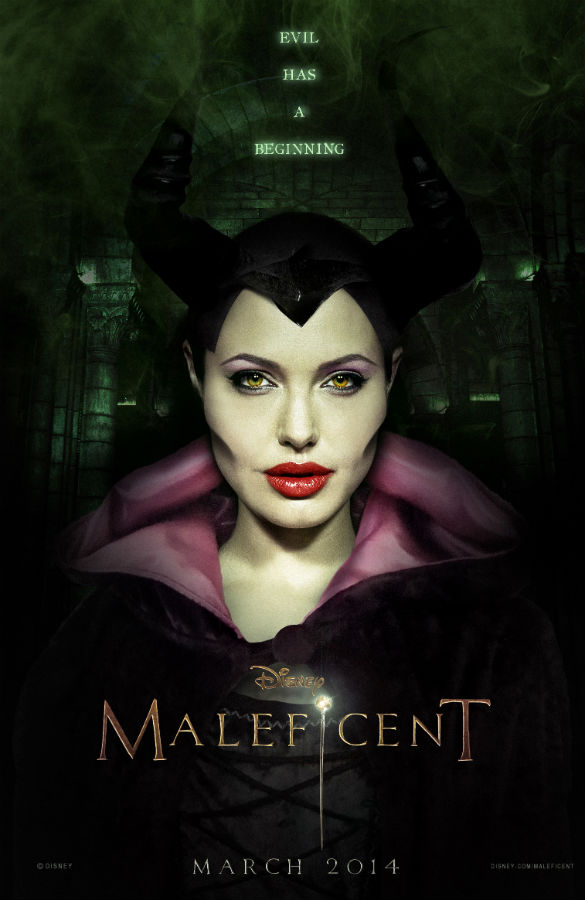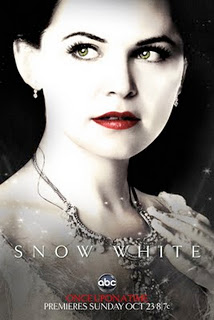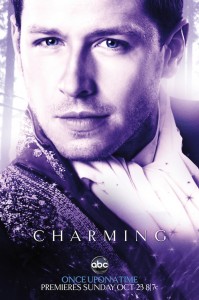Wolves! Ugly beasts! Beautiful girls in hoods! Dark woods! Magic! 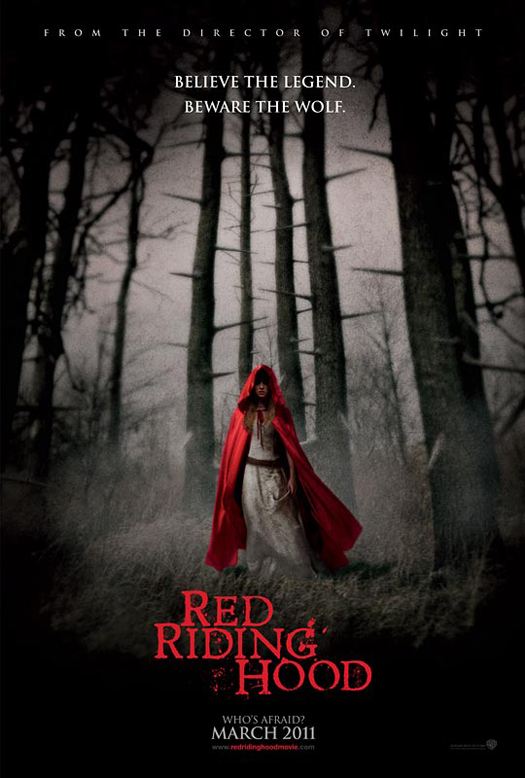
Two films being released in March -- Beastly and Red Riding Hood -- are re-imagining traditional fairy tales for modern teen audiences. Historically, fairy tales have been revised to suit the sensibility of that era's audiences. Some critics chafe at Walt Disney and his studio's interpretations because the animated versions do not keep to the 'traditional' script. But Disney knew, as fairy tale scholars know, that fairy tales are appealing, in part, because at their core they weave interesting stories with issues that the audience wants to work out and contemplate. The re-interpretations enable each generation to embrace and analyze the core stories and related issues through their own lens.
Fairy tales started as oral tales, and as we all know, when you tell stories aloud you change them to adapt to the audience. These new films are doing the same thing -- seeing if they can mine the contemporary adolescent interest in the gothic, darkness, issues of beauty, while trying to understand and unravel universal problems.
The creators of the new films, or at least the trailers, seem to have a bead on contemporary teen and young adult audiences. For Red Riding Hood, the director is Catherine Hardwicke, who directed the enormously successful first Twilight film and the troubling Thirteen (2003). Red Riding Hood is played by Amanda Seyfried who is the cute, slightly over dramatic girl in Mamma Mia! (2008), Dear John (2010), and Letters to Juliet (2010). She brings to the role experience in the TV series Big Love (2006-11) and Atom Egoyan's Chloe (2009). Also starring are Lukas Haas (great as a child in Witness (1985) and recently in Inception) and Gary Oldman (who I just talked about while teaching films based on Dracula since he starred in Coppola's vision). The trailer makes the film look like a Twilight fairy tale -- probably a clever calculation that will make the film have good box office. Here's the link to the trailer of Red Riding Hood.
Beastly is set in contemporary times and is based on "Beauty and the Beast." The trailer shows the lead, played by Alex Pettyfer, as a pretty boy 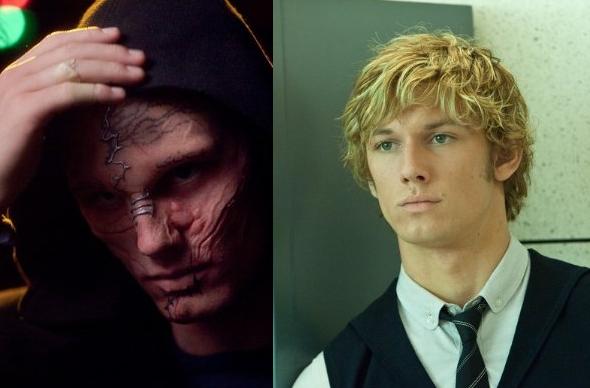 Beastlywho is good looking, probably a rich football player, and popular. (Pettyfer was interesting in Alex Rider (2006). Through a magic curse, he becomes disfigured, in an interesting way. It takes the love of a girl, played by High School Musical's Vanessa Hudgens, to see beneath the surface of his unusual appearance.
Beastlywho is good looking, probably a rich football player, and popular. (Pettyfer was interesting in Alex Rider (2006). Through a magic curse, he becomes disfigured, in an interesting way. It takes the love of a girl, played by High School Musical's Vanessa Hudgens, to see beneath the surface of his unusual appearance.
"Beautiful people get it better" is the opening line of Beastly's trailer. The line is curious here because the beautiful person is a boy, not a girl. For years, feminists have criticized beautiful images of girls, so it's interesting just in the twist of that role being played by a boy. Will feminists consider the problems of handsome boys and men as well?
Clearly inspired by the success of the Twilight series and probably by Harry Potter and Disney, the previews show films with the moody gothic sensibility so popular with teens as they retell familiar stories in either a contemporary setting  Vanessa Hudgens and Mary Kate Olsen star in Beastly(Beastly) or a dark forboding, northwoods type setting (Red Riding Hood). I assume that the tremendous success of Tim Burton's dark Alice in Wonderland film is bouying the studio's hopes. There are similar merchandising efforts, though not as overwhelming as for Burton's Alice. Also just reading a review in the Miami Herald for I Am Number Four, which also stars Pettyfer and is similarly aimed at the YA audience, has a similar story arc to Twilight. Hollywood loves to get on the bandwagon.
Vanessa Hudgens and Mary Kate Olsen star in Beastly(Beastly) or a dark forboding, northwoods type setting (Red Riding Hood). I assume that the tremendous success of Tim Burton's dark Alice in Wonderland film is bouying the studio's hopes. There are similar merchandising efforts, though not as overwhelming as for Burton's Alice. Also just reading a review in the Miami Herald for I Am Number Four, which also stars Pettyfer and is similarly aimed at the YA audience, has a similar story arc to Twilight. Hollywood loves to get on the bandwagon.
By the way, I've also been told by our local tween that beastly means great, cool, fantastic.
 Wednesday, January 21, 2015 at 02:54PM
Wednesday, January 21, 2015 at 02:54PM 

